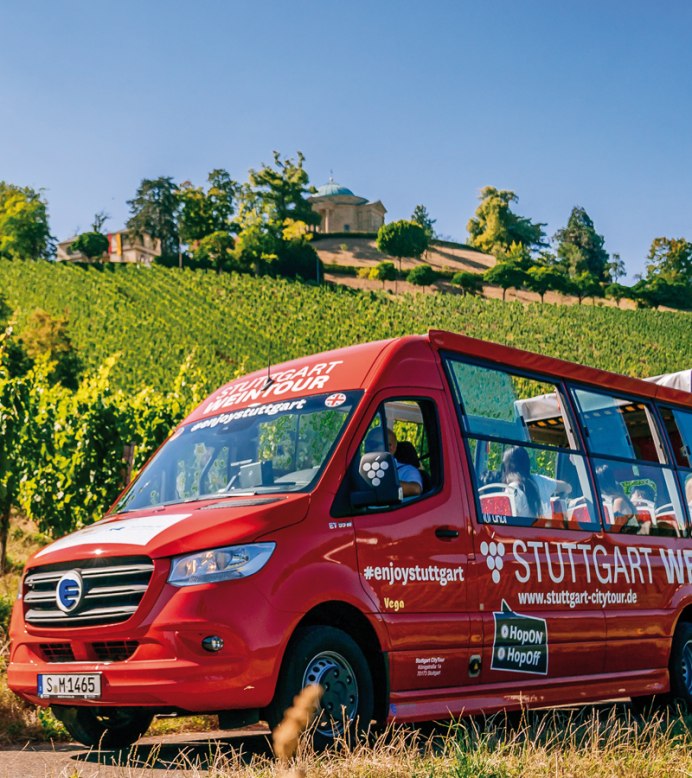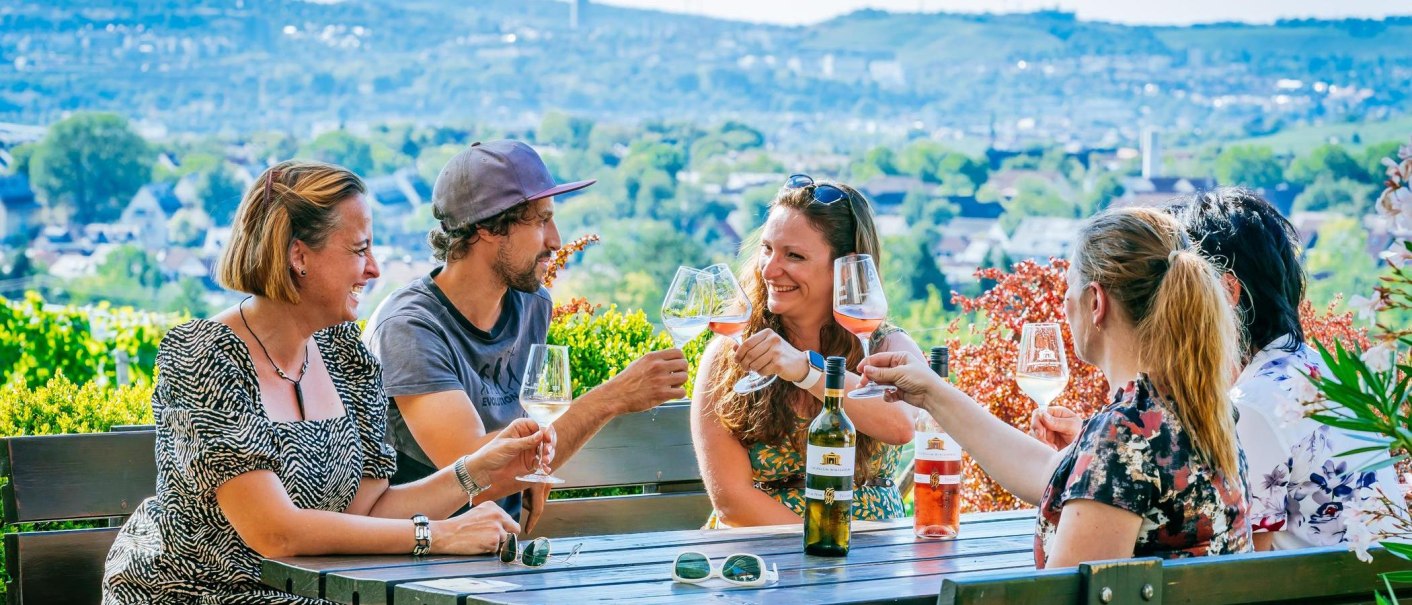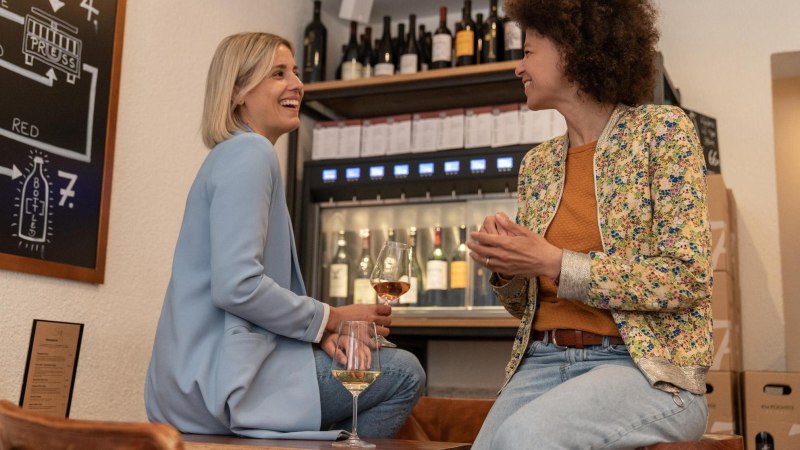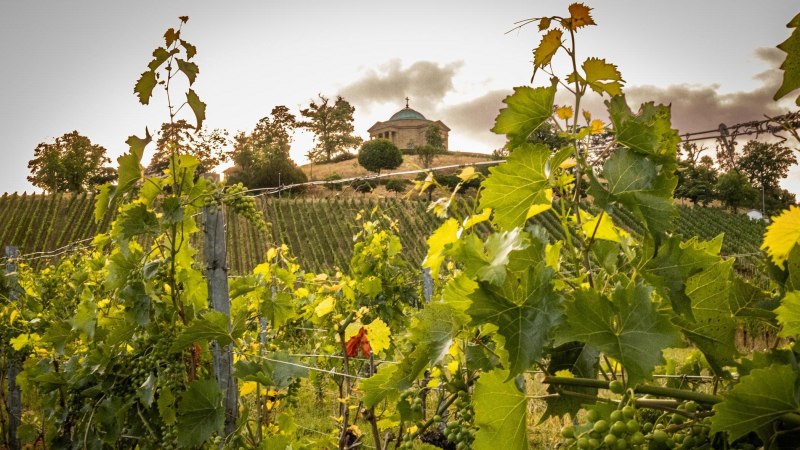Colourful vines right into the city centre, urban wine bars and rustic (broom) taverns ("Besenwirtschaften"), excellent winegrowers and wine trails with a dream panorama. And in late summer, a lively wine village in the middle of the city with cosy arcades. If you want to delve deep into the history of winegrowing, the wine tour offers 35 minutes of wine knowledge on four wheels – with worthwhile (tasting) stops along the way. Welcome to the wine city of Stuttgart!






